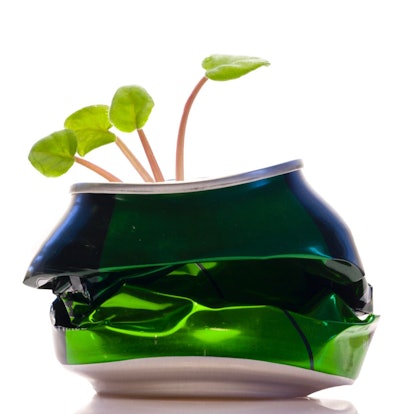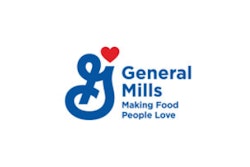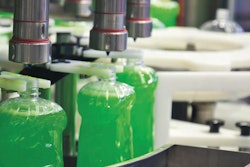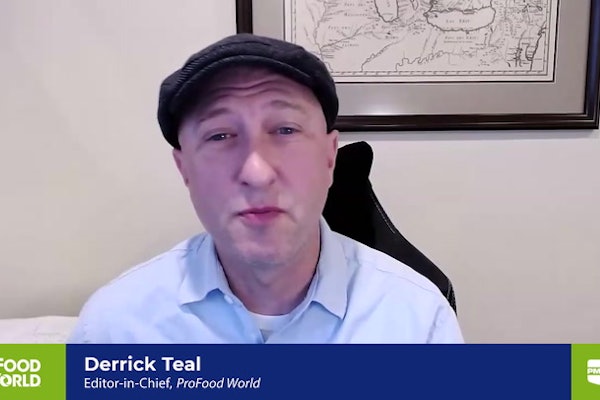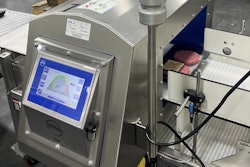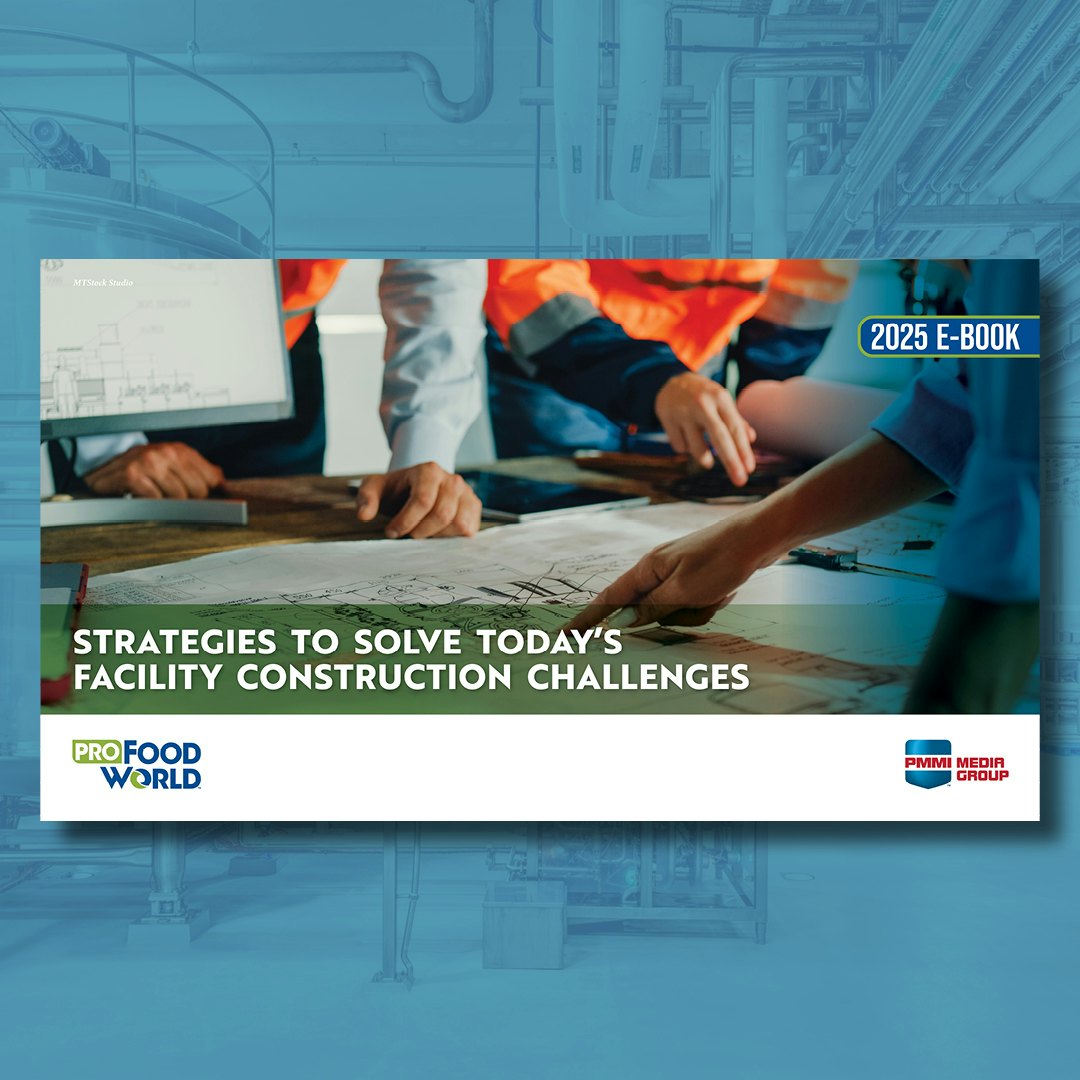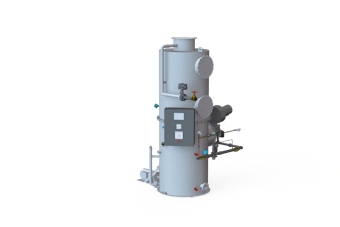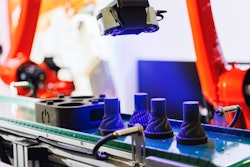For the past few years, manufacturers have been concentrating on sustainability efforts as part of a promise to consumers to do their part to help save the environment. Subsequently, PMMI, the Association for Packaging and Processing Technologies, recently conducted research on how this industry is responding to the packaging sustainability call to action.
The result is a business intelligence report released in March called Packaging Sustainability: A Changing Landscape. The report, which is available for download, is based on 60 interviews completed in early 2020 with food, beverage, consumer product goods (CPG), and pharmaceutical manufacturers, as well as contract packagers, OEMs, and material suppliers. It concludes that packaging sustainability has moved beyond a trend and is now a global shift.
The findings: Companies, in general, want to respond to consumer demand for more environmentally-friendly packaging. They are tackling it from different angles—by either minimizing packaging to reduce waste, using sustainable materials that can be recycled and remade into new products, or adopting durable packaging designs that can be returned and reused. And, approximately one in four CPGs interviewed are making machine purchases specifically to address these packaging sustainability goals, and many more are making machine modifications.
That, of course, was before COVID-19.
“This pandemic is giving us a whole bunch of new questions to ask,” says Donna Ritson, president of DDR Communications, a market intelligence firm that conducted the research on behalf of PMMI. “What is the outlook for sustainability after COVID-19? In this time of uncertainty everything will be different. The trends in this report are still valid, but the question is, are some packaging sustainability goals going to accelerate and are other sustainability goals going to take a back seat? We don’t know.”
Already, the business dynamic has changed drastically due to coronavirus, including a hyper awareness of safety and hygiene, plummeting oil prices, and a marked increase in e-commerce.
The latter two issues greatly influence packaging practices. Specifically, when oil prices drop, the prices of oil-based raw materials used in plastics are also reduced, which could offer the opportunity for CPGs to use virgin packaging vs. recycled packaging, which in some instances, can affect how machines perform. In addition, a spike in e-commerce is creating more waste in secondary packaging and an increased usage in single-use plastics, at least in the short-term.
And, then there’s the safety aspect of packaging and keeping plant workers safe. While it’s still unclear how long the virus can actually spread via a contaminated surface, it’s best to be conscientious when it comes to packaging as there are reports that coronavirus can last on cardboard boxes for 24 hours and plastic packaging for up to three days. This might have CPGs changing the direction of sustainability.
“Brands might need to build safe packaging messages into their branding,” Ritson says. “It might be a new direction for sustainability to say [the product] was manufactured and packaged safely.” And that could possibly mean that beyond the normal safety precautions of ensuring proper labels and inspecting packages for foreign materials, there could be a safety check for the virus on the packaging. “Will brand leaders have to emphasize cleanliness of their production and packaging? Or will packaging choices favor designs and substrates that can demonstrate hygiene to address consumer safety concerns?”
There are so many new questions as a result of the pandemic—which Ritson will address in a May 20 webinar where she joins Rebecca Marquez, manager of PMMI Business Intelligence, to discuss the packaging report and the changing scope of sustainability.
Register for the Packaging Sustainability webinar presented by Rebecca Marquez, manager of PMMI Business Intelligence and Donna Ritson, president of DDR Communications. The webinar is part of PMMI’s virtual Executive Leadership Conference.
Nevertheless, consumers remain environmentally-conscious, therefore CPGs will still need to respond to those needs. “Will sustainability continue to thrive?” Ritson asks. “From all indications, it certainly will.”
The OEM opportunity
According to the newly released PMMI report, the global sustainable packaging market, as reported in total value of revenue, was estimated at $220 billion in 2018 and is predicted to reach $280 billion by 2025, growing at a CAGR of approximately 6%.
The commitment to “green packaging” means that machines will have to be more reliable, more flexible, and more automated. For example, in primary packaging there may need to be modifications to machine tolerance as CPGs adopt post-consumer recycled (PCR) materials or thinner materials that can break easily during form fill seal (FFS). And secondary packaging machines must be able to handle material reduction strategies such as lightweight corrugated materials, and new bundling and shrink wrapping solutions to reduce the use of corrugated materials.
Machine builders should proactively understand the problems that CPGs face and help them find a solution. “Nearly half of the CPGs we interviewed agreed that overcoming machine handling issues related to new materials was part of the process,” Ritson says. “They understand they can’t swap out a material for something that doesn’t have the same properties and expect it will perform the same.”
Now more than ever, brand manufacturers are hoping to drive a collaboration within the industry to bring manufacturers, OEMs, and suppliers into a close alliance. The partnership could include testing new materials and tweaking machines as PCR content increases to see how it changes the performance of the machine.
But before it even gets to that point there are things that OEMs can do right now to offer guidance around processability, machine design, and compliance with regulations. To start, Ritson points to suggestions outlined in the packaging sustainability report that focus on three strategies: Investigate, initiate, and innovate.
The investigative stage starts by getting involved early and asking the right questions. “Ask to be involved and come to the design table as the concepts are being discussed in order to understand what is on the CPGs’ minds,” Ritson says. “And inquire not only about packaging but also label changes, the ink, adhesives, caps. Every part of a package has to be recyclable.”
OEMs should then initiate ideation meetings with customers and material suppliers, creating a community to exchange best practices. “Candidly discuss what modifications will be needed on a machine to help CPGs get sustainable products out to the marketplace,” Ritson says. And then innovate by having machine modifications ready to go. “OEMs and material suppliers should work together to know what the machine performance will be and what changes will be needed, or if an entirely new machine is required for some substrates.”
There are many things to consider in any sustainability program, but Ritson says one of the biggest—and often overlooked—aspects of any effort is education. The average consumer doesn’t realize the significant commitment and contribution CPG companies are making to move the world toward a more circular economy. And the average consumer doesn’t understand the role that they must play to make this work. “Over half of the CPGs we talked to agreed that consumers need to be better educated and understand how to recycle. And that may mean adding labeling to give the consumer clear instructions of how to recycle, compost, or return it.”
But first, as an industry, there must be a commitment to adopt sustainable packaging regardless of what’s going on in the world. The infrastructure—including how consumers participate—will ultimately follow.
Download the report Packaging Sustainability: A Changing Landscape
Register for the Packaging Sustainability webinar presented by Rebecca Marquez, manager of PMMI Business Intelligence and Donna Ritson, president of DDR Communications. The webinar is part of PMMI’s virtual Executive Leadership Conference.
For more on packaging sustainability:
Material Innovation Key to Achieving Sustainable Packaging Strategy
Musings on Sustainability
How Safe is Reusable Packaging During COVID-19?
Top Five Functional Machine Improvements for Sustainable Packaging Operations
Switching to Paper or Recycled Blister Packaging Without New Machines
